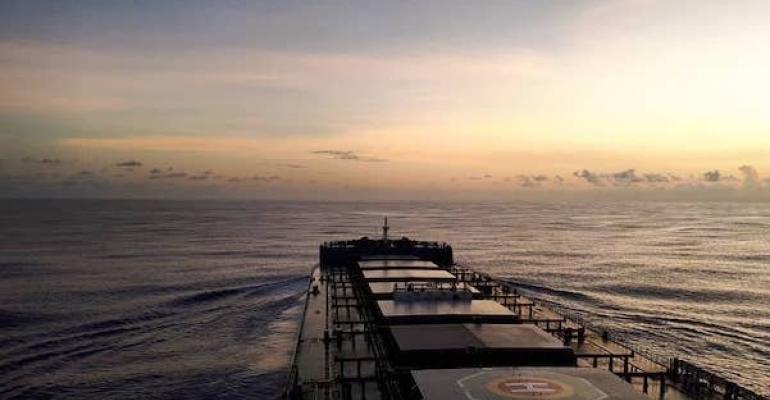The key demand driver, the Chinese market, has virtually “vanished” as China’s domestic steel production grows and import falls.
“For two decades the dry bulk shipping industry have relied on growth in Chinese steel production to continuously spur seaborne imports of high-quality iron ore – from Australia and Brazil,” noted Peter Sand, chief shipping analyst at Bimco.
“That trend has now vanished and the capesize ships operating on the spot market feel the pain. Growth in volumes are gone and iron ore is increasingly being shipped on long term contracts,” Sand said.
“The 10.3m tonnes fall in Chinese iron ore imports is equal to 57 capesize loads (180,000 tonnes) fewer for the first two months of 2019 only. If that’s the pace we will see for the full year, we are in for a tough time.”
Chinese steel production, meanwhile, grew by a massive 12.6m tonnes in the first two months of this year, up 9.2% year-on-year, according to figures estimated by China Iron and Steel Association (CISA).
Changes to the Chinese steel-making industry have pushed a move towards increased use of scrap metal, away from using imported and domestically-mined iron ore blend into a solid amount of coking coal. China’s seaborne imports of coking coal fell by 11.2% to 4.9m tonnes in 2018, with the slide continuing into 2019. Chinese coking coal imports are down by 16% in January-February 2019 from the same period in 2018.
“This year, Bimco is putting special focus on this decoupling between steel production and iron ore imports, as the mega driver for capesize transportation demand may not only disappoint, but worsen its fate,” Sand said.
Apart from China, developments in the rest of the world are not helping the capesize market either. India is also building up its domestic steel production, and Brazilian iron ore exports have dropped to a multi-year low in March 2019 due to disruptions. Exports from Australia have also been recently disrupted by flooding and tropical cyclone Veronica.
From 25 January to 2 April, Baltic Capesize Index (BCI) fell by 95% from 1,730 to 92. In the same period, the average of the five time charter routes for BCI fell by 74% from $13,288 per day to $3,460 per day.
“Looking forward, iron ore will no longer drive the capesize market up as it has been doing for two decades. Freight rates will become more negatively impacted by fleet growth than before, as demand is now falling, for the all-important capesize commodity,” Sand noted.
“This year alone, 13 capesize ships have been demolished, while 12 have been delivered including five valemax. Over the past 12 months – the capesize fleet has grown by 2.8%. If iron ore demand from China stalls or outright falls going forward – then the fleet size must stall or fall – simply to keep the market balance from getting worse.”
Copyright © 2024. All rights reserved. Seatrade, a trading name of Informa Markets (UK) Limited.
Add Seatrade Maritime News to your Google News feed.  |


